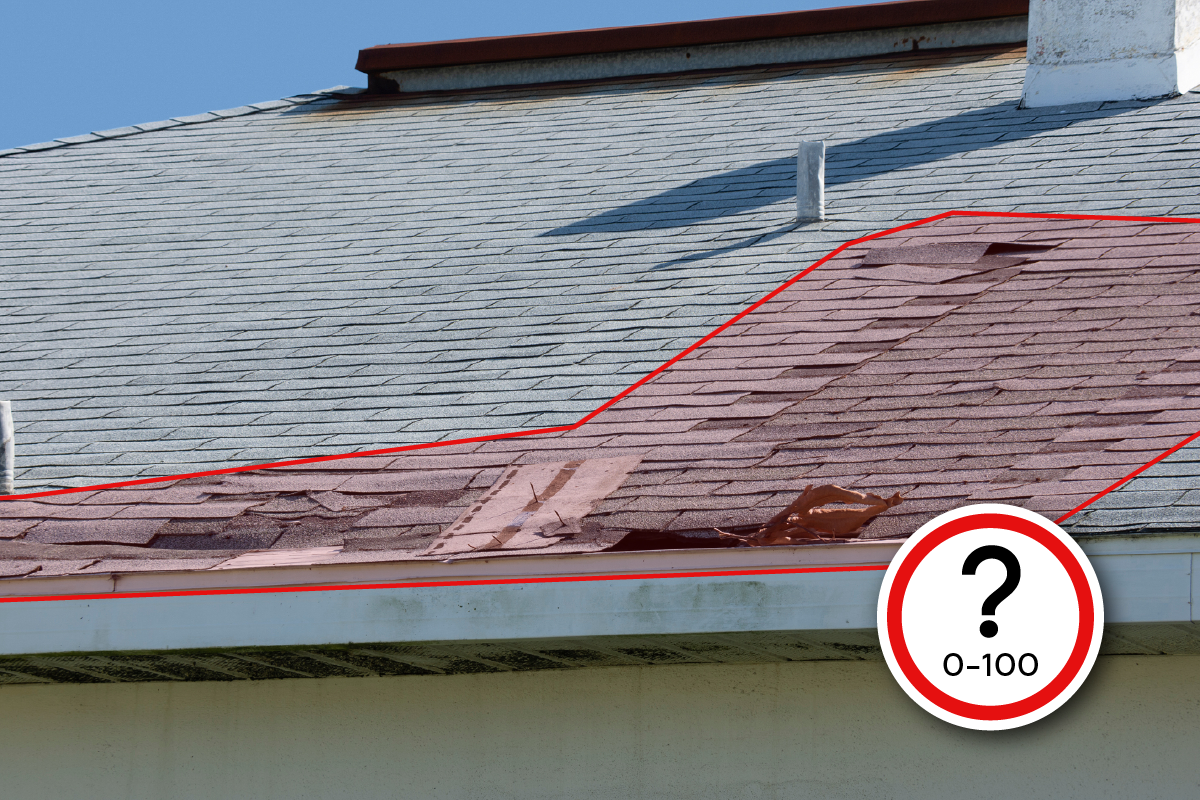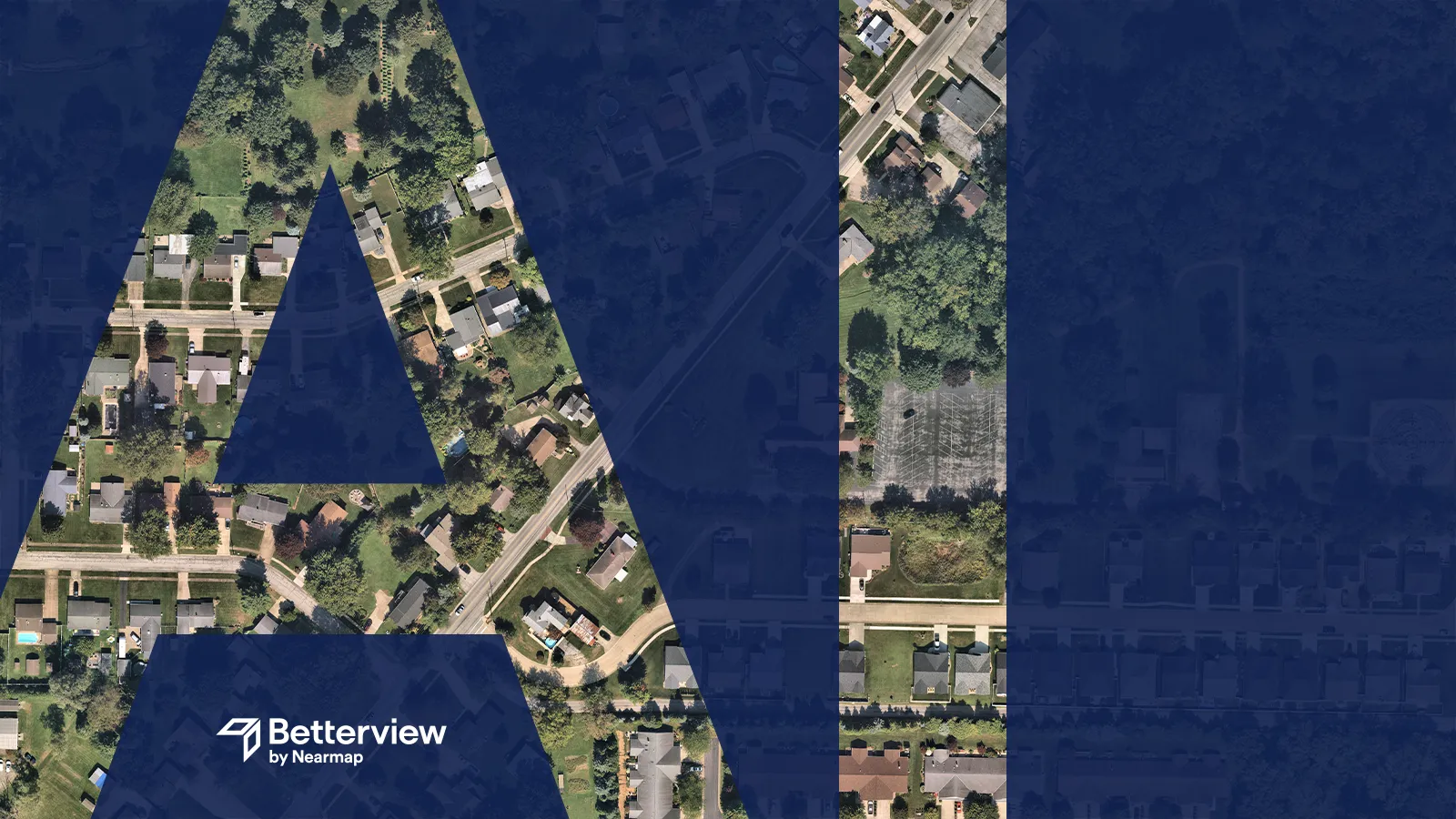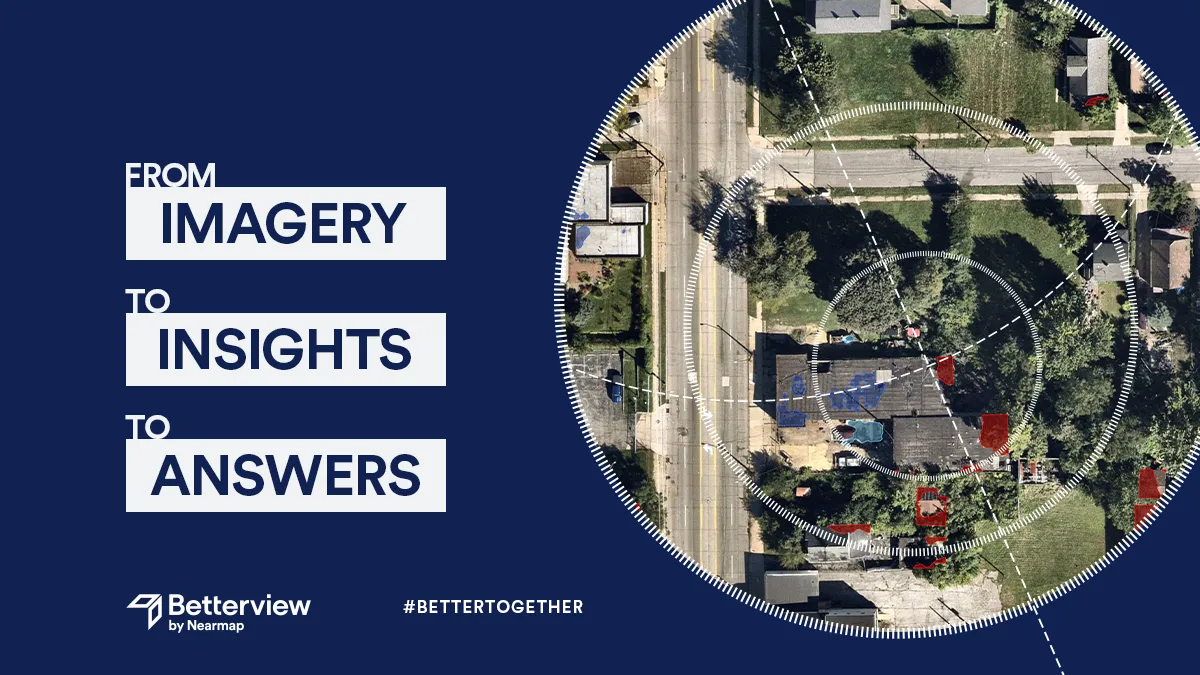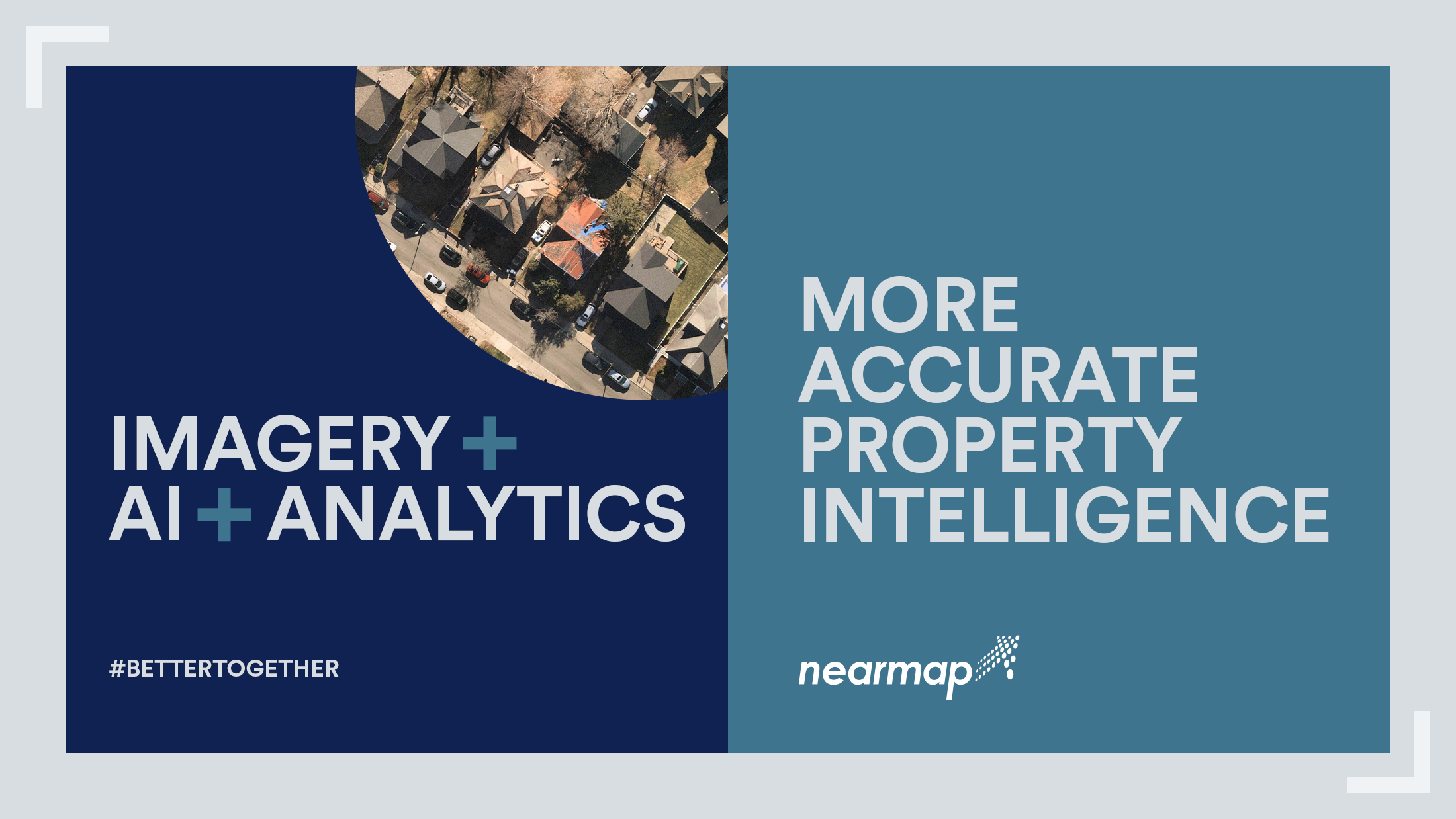How AI Can Keep P&C Insurers Profitable
How can P&C insurers remain profitable in 2024?

The future of P&C insurance lies in property intelligence. Consisting of a diverse array of datasets, tools, and insights, property intelligence empowers insurers to predict and prevent losses, reduce expenses, and build a better customer experience. It accomplishes these goals through four primary functions. In our last blog post, we discussed the first of these functions: analyzing risk. This week we will discuss the second: scoring risk.
Scoring risk is deeply connected to the first function of property intelligence, analyzing risk. In fact, a risk score can be defined as the translation of a comprehensive risk analysis into a single data point reflective of overall property risk. The main advantages of this translation are clarifying risk and streamlining efficiency.
On a basic level, a numerical score makes it easier to understand whether a property has a good or bad risk. Instead of poring through potentially thousands of data points related to property condition, underwriters and other insurance professionals can work off a single, reliable indicator of overall property risk. They can then boost the efficiency of workflows by triggering automations based on these scores. For example, properties below a certain threshold may be tagged for an additional inspection or even rejection; simultaneously, properties with a sufficiently high score can be straight-through processed without a physical inspection. This kind of automation is made easy when viewing risk analysis in the simplified form of a score.
It is important to remember that risk scores should always be used as a supplement to – not a replacement for – a more comprehensive analysis of risk. Always be wary of a property intelligence platform that relies solely on numerical scoring. Property risk comprises numerous dynamic factors, each one of which tells a complex story about the property in question. If insurers ignore analysis and just look at a score, they may not understand the specific risk drivers that created the score. For this reason, the two should always be used together. Analyzing risk provides a granular look at property condition and risk; a score allows you to zoom out and take immediate, strategic policy action.
To demonstrate the value of risk scoring, consider these two examples from the Betterview Property Intelligence & Risk Management Platform: our Roof Spotlight Index and our Wildfire Vulnerability Score.
The Roof Spotlight Index (RSI) is our score for overall roof condition. To create this score, our platform first analyzes high-quality aerial imagery using proprietary computer vision technology. The platform then “spotlights” individual roof maladies, such as ponding, staining, missing shingles, and dozens of other real risk drivers. These spotlights are then evaluated for their severity. Finally, the impact of each spotlight is calculated into a total score between 1 and 100. The result is a powerful indication of roof condition and overall property risk, which can then be integrated into automation throughout the policy lifecycle. Importantly, our platform users always have the ability to see the individual spotlights that make up the RSI. This allows for total transparency, ensuring that the score never obfuscates a more detailed view of real property risk.
The Wildfire Vulnerability Score (WVS) is a part of our Wildfire Risk Insights, giving insurers a zoomed-in look at individual structures and their susceptibility to wildfire damage. Like the RSI, the WVS starts by analyzing aerial imagery with computer vision technology. The WVS focuses on those attributes tied to wildfire risk, particularly defensible space. CALFire divides defensible space into three zones around a property, all of which are evaluated and weighted by the Betterview platform. After analyzing defensible space and other attributes – such as roof material and condition – the platform returns a WVS between 1 and 5. This score can be used in conjunction with third-party hazard insights from trusted partners like RedZone. In this way, insurers can evaluate regional hazard as well as property-specific vulnerability, leading to a complete view of wildfire risk.
These examples demonstrate the value of scoring risk as one of the main functions of property intelligence. With a risk score in hand, insurance professionals can automate time-consuming processes in underwriting, claims, renewal, and more. This gain in efficiency can directly translate into an improved expense ratio. At the same time, it is important to use both streamlined risk scores and more granular risk analyses. In the next post, we will look at the third function of property intelligence: managing risk.

How can P&C insurers remain profitable in 2024?

What does the Nearmap acquisition of Betterview mean for the insurance industry?

The insurance industry, and the technology that supports it, have seen significant change over the last few years. New technology continues to come...